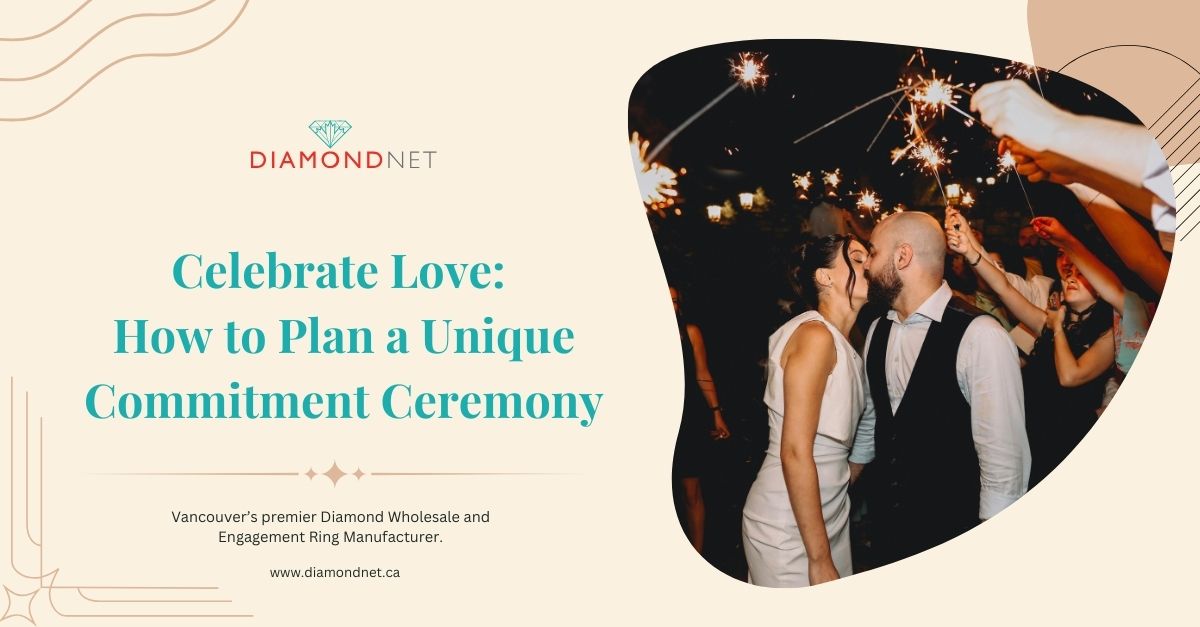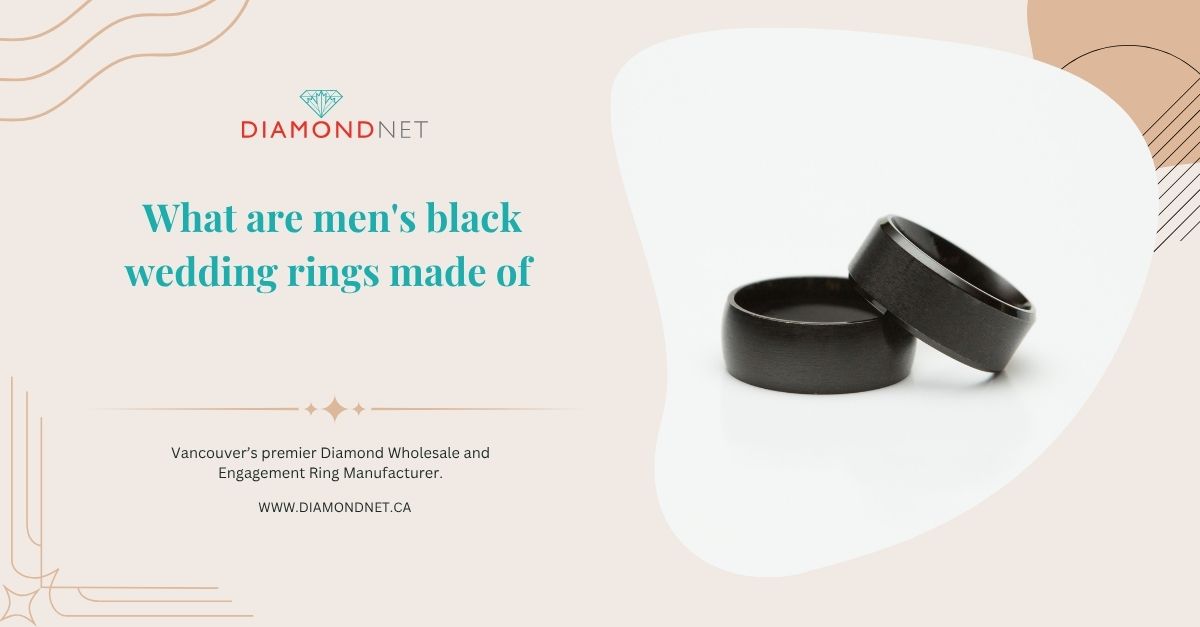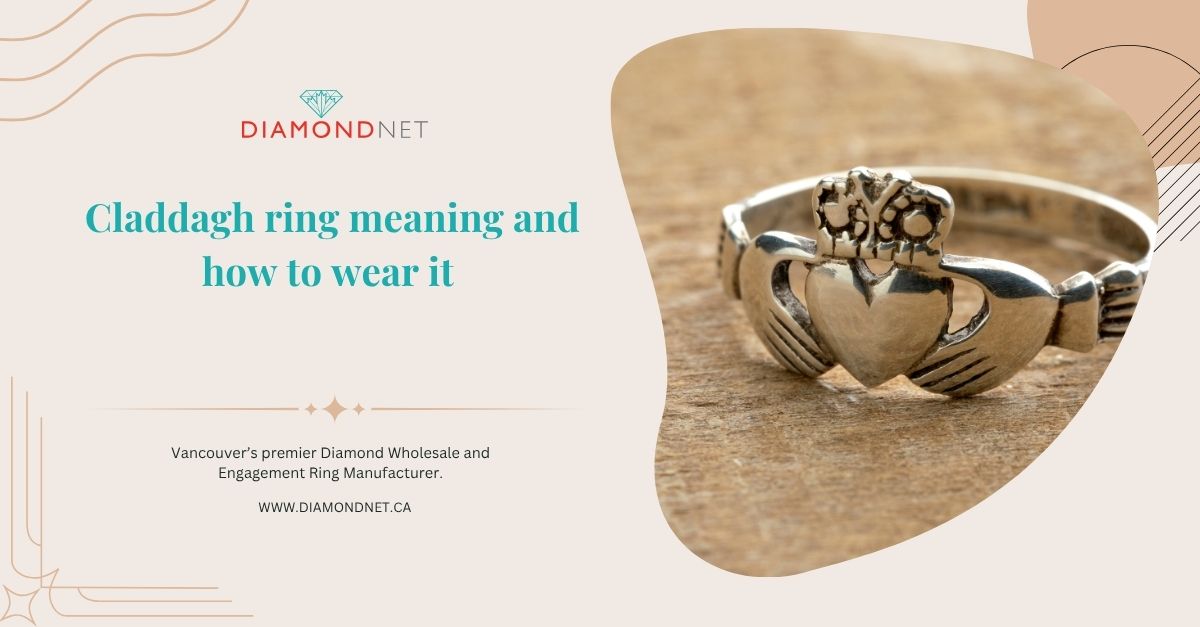Whether you’ve received a gift, inherited a pair, or bought second-hand, knowing how to tell if diamond earrings are real can save you from disappointment or financial loss. With lookalikes like cubic zirconia and moissanite becoming harder to spot, it takes more than a quick glance to be sure.
This guide explains how to perform reliable DIY checks and when to seek professional help. From simple at-home tests to expert appraisals, you’ll learn how to make informed decisions and avoid common mistakes when verifying your diamond jewellery.
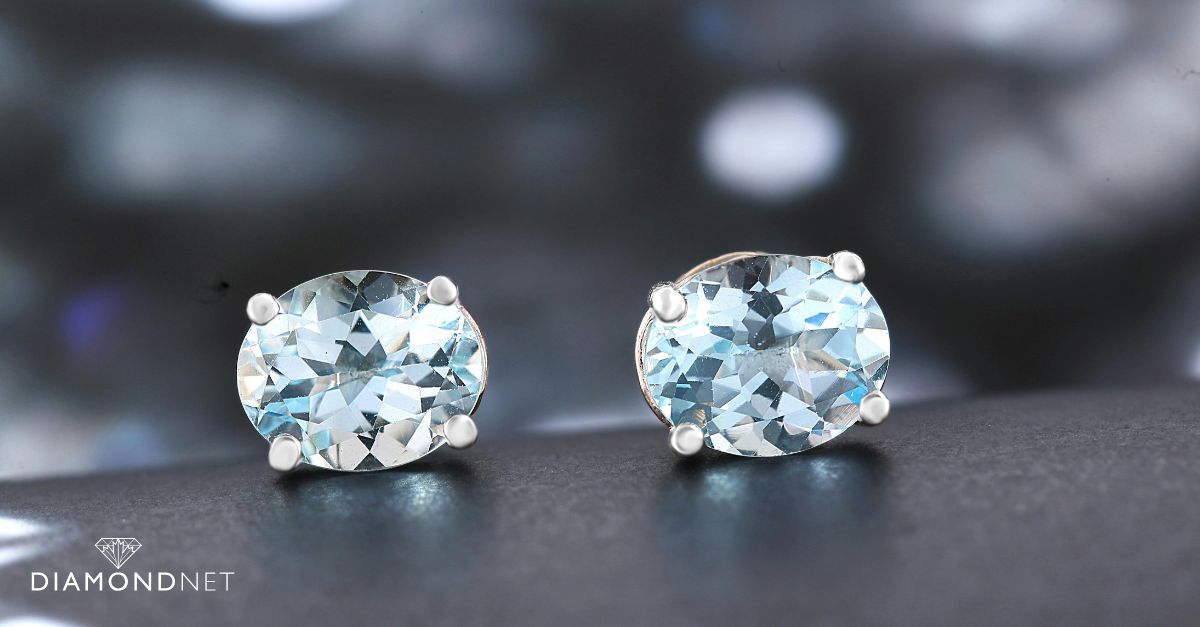
Here is the Quick Answer:
Start with simple checks like fog, water, and UV light to spot obvious signs of real diamond earrings.
Look for quality settings and natural inclusions.
For certainty, consult a professional for GIA certification and expert testing.
Step 1: How to Visually Inspect Diamond Earrings
Before using tools or professional services, begin with a visual inspection. Many signs of authenticity can be spotted with the naked eye or a basic magnifier.
Check the Setting and Metal Quality
Genuine diamonds are usually set in high-quality metals such as 14K or 18K gold or platinum. Look for stamps like “14K,” “18K,” or “PT950” on the post or backing. If the settings feels lightweight or lacks markings, this might signal a lower-value material, raising questions about the stone’s authenticity.
Examine the Craftsmanship
Authentic diamond earrings usually feature precise, well-made craftsmanship. Check for secure prongs or bezels, symmetrical alignment, and smooth finishing. Loose or uneven settings can indicate lower-quality production, often associated with imitation stones.
Look at the Stone’s Appearance
Real diamonds have a sharp, crisp sparkle that reflects white light (brilliance) and rainbow colours (fire). In contrast, imitations like cubic zirconia often appear too perfect, with a glassy or overly rainbow-like shine. If the stone lacks depth or seems too flawless, it might not be a real diamond.
Step 2: The Fog Test – Quick and Easy Breath Check
The fog test is a simple, at-home method that uses breath condensation to check a diamond’s heat conductivity.
How It Works
Real diamonds disperse heat quickly. When you breathe on the stone, the fog should clear almost instantly—typically within one to two seconds. Fake stones like cubic zirconia or glass retain moisture longer, causing the fog to linger.
How to Perform the Fog Test
To try this method at home, follow these quick steps:
- Hold the earring by the post to avoid touching the stone.
- Breathe on the diamond as if fogging a mirror.
- Observe how fast the fog clears.
If the fog disappears immediately, the stone may be real. If it lingers for several seconds, it could be a fake.
However, this test is not foolproof. Factors like humidity, oils, or dirt can affect the result. Always combine this with other methods for a more complete assessment.
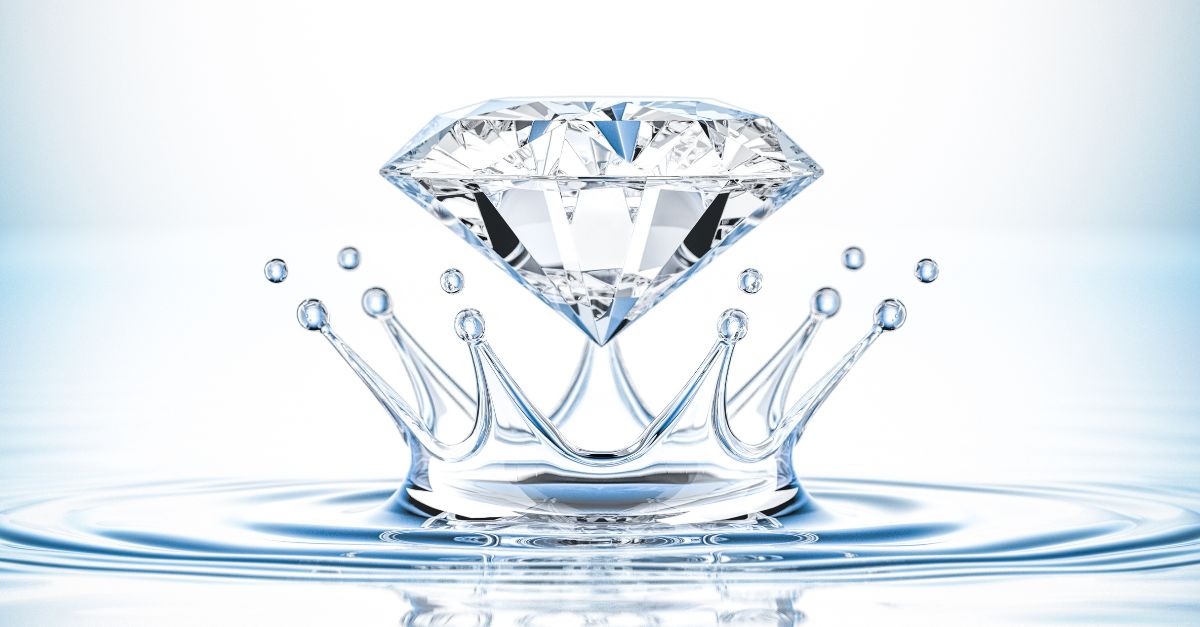
Step 3: The Water Test – A Simple Way to Start Testing the Diamond
The water test is another easy at-home method to assess whether your diamond earrings might be real. This technique relies on the fact that real diamonds have a higher density than most imitations.
How It Works
Real diamonds typically sink quickly when dropped into water due to their density. Lightweight or synthetic stones like moissanite or glass may float briefly or sink more slowly.
How to Perform the Water Test
Here’s how you can try this test at home:
- Fill a clear glass with water.
- Gently drop the earring into the water.
- Watch to see if it sinks quickly to the bottom.
If the stone sinks immediately, it may be real. If it floats or sinks slowly, it could be an imitation.
Keep in mind, this method works best with loose stones. If the diamond is mounted in a heavy setting, the results might be skewed. This test should be used as part of a broader testing process, not as a standalone proof.
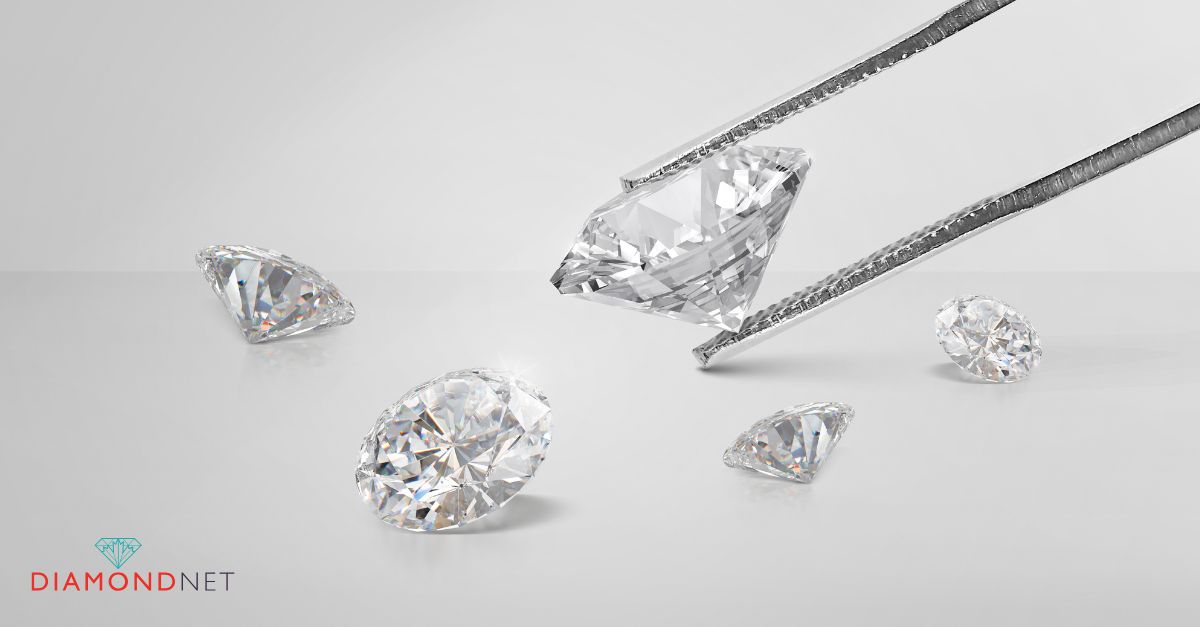
Step 4: The Magnification Test – Spotting Inclusions and Imperfections
Taking a closer look under magnification can reveal natural features that distinguish real diamonds from imitations.
How It Works
Real diamonds, whether mined or lab-grown, often contain inclusions or imperfections—tiny internal marks that form naturally over time. These features are rarely visible to the naked eye but can be seen with a jeweller’s loupe or a high-quality phone macro lens.
How to Perform the Magnification Test
Follow these steps to examine your diamond earrings up close:
- Use a 10x jeweller’s loupe or macro lens to inspect the stone.
- Look for tiny lines, specks, or cloudy areas inside the diamond.
- Check the edges and facets for sharp, clean cuts.
Imitations like cubic zirconia or glass usually appear flawless, lacking any natural imperfections. They may also show air bubbles or unnatural clarity. Additionally, softer materials often have rounded edges or poorly aligned facets, unlike the crisp, sharp cuts of a genuine diamond.
While not definitive on its own, this test offers valuable visual clues when combined with other methods or professional evaluation.

Step 5: The UV Light Test – Observing Fluorescence Reactions
The UV light test checks how a diamond reacts to ultraviolet (UV) light, which can provide another clue about its authenticity.
How It Works
Many natural diamonds exhibit fluorescence under UV light, often glowing with a soft blue hue. About 30% of natural diamonds show this characteristic. However, the absence of fluorescence does not necessarily mean the diamond is fake.
Synthetic stones, such as lab-grown diamonds, may also fluoresce but in different colours or patterns. Imitations might glow green, yellow, or even white under UV light—signals that the stone could be something other than a natural diamond.
How to Perform the UV Light Test
Here’s how you can try this test at home:
- Place the earrings under a blacklight in a dark room.
- Observe any glow or fluorescence.
- Note the colour and intensity of the reaction.
While this method can offer useful insights, it is not conclusive. Some authentic diamonds show no fluorescence at all, and some fakes can produce misleading reactions. Use this test alongside other methods or consult a professional for confirmation.
Step 6: Professional Testing – When to Call an Expert
While at-home methods can highlight potential red flags, they aren’t foolproof. For complete certainty, professional evaluation is recommended—especially for valuable or sentimental pieces.
What Professionals Do Differently
Certified gemologists use specialized tools like diamond testers, microscopes, and spectroscopy equipment to accurately assess authenticity. They can detect enhancements or simulants that at-home methods cannot reliably identify.
One of the most trusted services is a GIA certification. Issued by the Gemological Institute of America, this certification confirms a diamond’s authenticity and evaluates its 4 Cs of diamond quality—cut, colour, clarity, and carat weight. These factors not only prove the diamond is real but also help determine its market value.
When to Seek Professional Help
If you’re unsure about your results or dealing with a valuable piece, here are situations where expert testing is worth considering:
- You receive mixed or unclear results from at-home tests.
- The earrings hold significant personal or financial value.
- You plan to insure, sell, or officially appraise the jewellery.
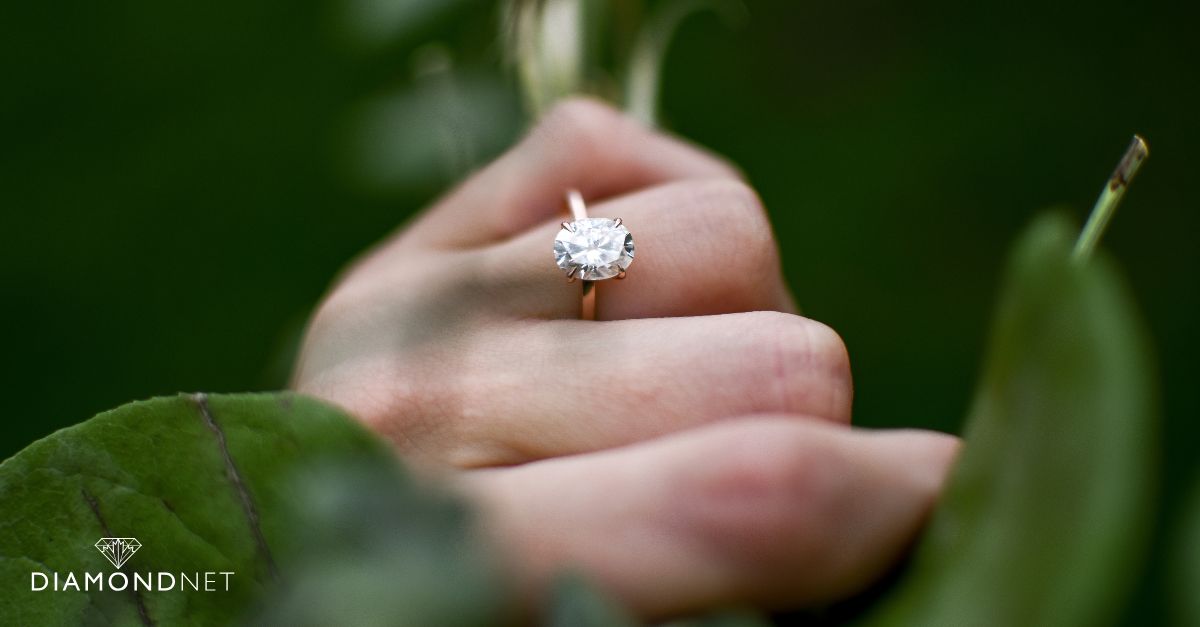
Why At-Home Diamond Tests Aren’t Always Conclusive
At-home methods like the fog test, water test, magnification, and UV inspection can help flag obvious red flags, but they aren’t designed to provide definitive proof of authenticity.
While these tests can be helpful, here are their main limitations:
- Not All Real Diamonds Will Fluoresce: Some authentic diamonds show no reaction under UV light, which can mislead you into thinking they’re fake.
- High-Quality Imitations Can Pass DIY Tests: Materials like moissanite or lab-grown diamonds may mimic natural features, making them hard to spot without professional tools.
- Environmental Factors Can Skew Results: Lighting, setting design, or residue on the stone can affect fog and water test outcomes.
- Visual Inspections Aren’t Always Enough: Identifying inclusions or imperfections requires skill and proper magnification, which may not be accessible at home.
Because of these limitations, at-home tests should be considered preliminary screening tools, not final verdicts. For peace of mind, consult a certified jeweller or gemologist.
Why Choose DiamondNet for Trusted Diamond Verification
At DiamondNet, we know how important it is to feel confident about the authenticity of your diamond jewellery. Whether you’re verifying a gift, an heirloom, or a second-hand purchase, our experts are here to help.
Here are some of the services you can expect from DiamondNet:
✔ Professional Appraisals: Our gemologists provide accurate evaluations using industry-grade tools, including diamond testers and advanced magnification.
✔ GIA Certification Services: We offer GIA certification, ensuring your diamond is graded to internationally recognized standards.
✔ Jewellery Consultations: We provide second-opinion assessments and guidance to help you make informed decisions.
✔ Certified Diamond Sales: Explore our collection of certified natural and lab-grown diamonds for your next special purchase.
For peace of mind and trusted expertise, visit DiamondNet or book a consultation with our appraisal team.
Conclusion: Combining DIY Checks with Professional Expertise
Determining whether your diamond earrings are real doesn’t have to feel overwhelming. By using simple at-home methods—like the fog test, water test, magnification, and UV light—you can quickly flag potential concerns.
However, these methods are only first steps. For complete certainty, professional verification is always recommended.
At DiamondNet, we support you through every stage of the process. From initial inspections to full appraisals and GIA certification, our team provides the expertise you need to make confident decisions about your jewellery—whether you’re verifying an heirloom or shopping for something new.

